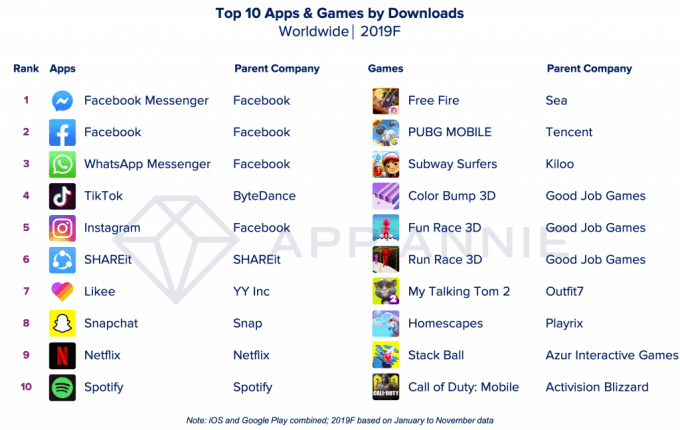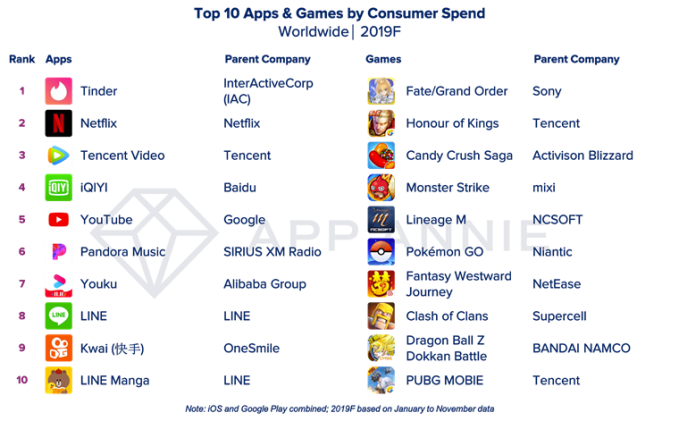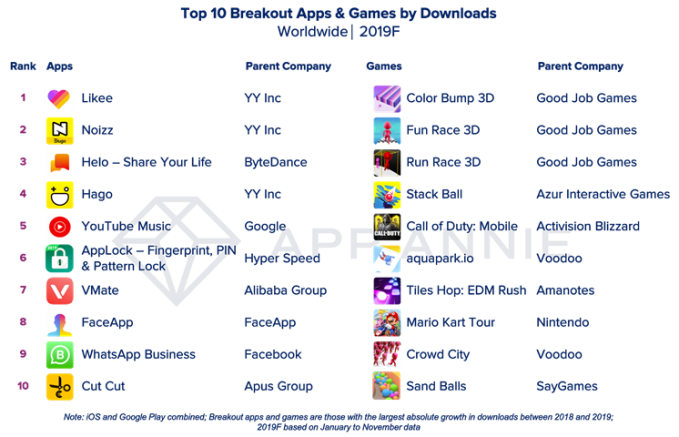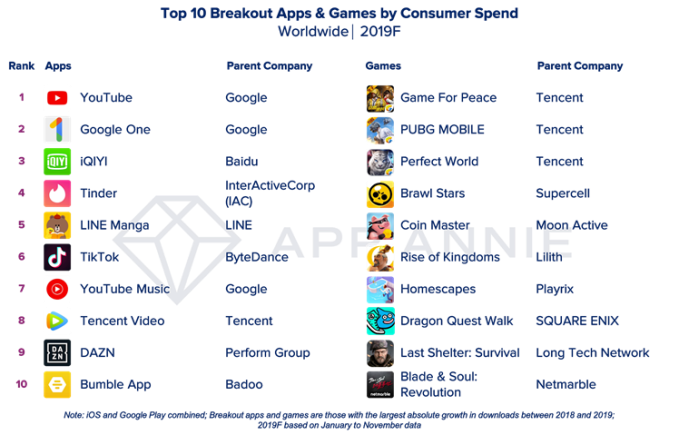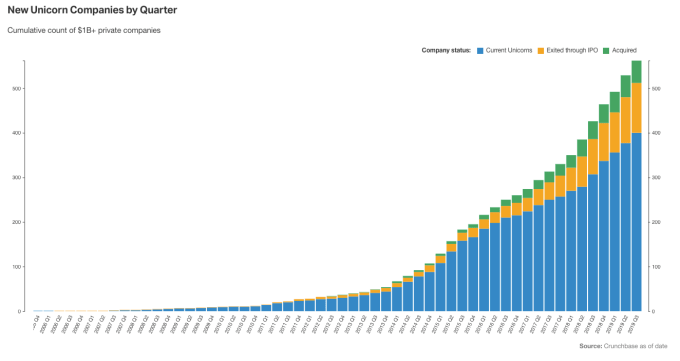London-based STEM device maker Kano has confirmed it’s cutting a number of jobs which it claims is part of a restructuring effort to shift focus to “educational computing”.
The job cuts — from 65 to 50 staff — were reported earlier by The Telegraph. Kano founder Alex Stein confirmed in a call with TechCrunch that Kano will have 50 staff going into next year. Although he said the kid-focused learn to code device business is also adding jobs in engineering and design, as well as eliminating other roles as it shifts focus.
He also suggested some of the cuts are seasonal and cyclical — related to getting through the holiday season.
Per Stein, jobs are being taking out as the company moves from building atop the Raspberry Pi platform — where it started, back in 2013, with its crowdfunded DIY computer — to a Windows-based learning platform.
Other factors he pointed to in relation to the layoffs include a new manufacturing setup in China, with a “simpler, larger contract manufacturer”; fewer physical retail outlets to support, with Kano leaning more on Amazon (which he said is “cheaper to support”); fewer dependencies on large partners and agencies, with Stein claiming 18% of US parents with kids aged 6-12 are now familiar with the brand, reducing its marketing overhead; and a desire to shrink the number of corporate managers vs makers on its books as “we’ve seen a stronger response to our first-party Kano products — Computer Kit, Pixel Kit, Motion Sensor Kit — than expected this year”.
“We have brought on some roles that are more focused on this new platform [Kano PC], and some roles that were focused on the Raspberry Pi are no longer with us,” he also told TechCrunch.
Kano unveiled its first Windows-based PC this fall. The 11.6-inch touch-enabled, Intel Atom-powered computer costs $300 — which puts it in the ballpark price-range of Google’s Chromebook.
The tech giant has maintained a steady focus on the educational computing market — putting a competitive squeeze on smaller players like Kano who are trying to carve out a business selling their own brand of STEM-focused hardware. Against the Google Goliath, Stein touts factors such as relative repairability and attention to computing performance for the Kano PC (which he claims is “on a par with the Surface Go”), in addition to having now thrown its lot in with rival giant, Microsoft.
“The more and more we got into school environments the more and more we were in conversations with major North American distributors to schools, the more we saw that people wanted that ‘DIY’… product design, they wanted the hackability and extensibility of the kit, they wanted the tools to be open source and manipulable but they also wanted to be able to run Photoshop and to run Class Dashboard and to run Microsoft Office. And so that was when we struck the partnership with Microsoft,” said Stein.
“The Windows computing is packed with content and curriculum for teachers and an integration with Microsoft Teams which requires a different sort of development capability,” he added.
“The roles we’re adding are around subscription, they’re around the computer, building new applications and tools for the computer and continuing to enrich the number of projects that are available for our members now — so we’re doing things like allowing people to connect the sensors in their wands to household IoT device. We’re introducing, over the Christmas period, a new collaborative drawing app.”
According to Stein, Kano is “already seeing demand for 60,000 units in this next calendar year” for its Windows-based PC — which he said is “well beyond what we expect… given the price-point.
Although he did not put a figure on exact sales to date of the Kano PC.
He also confirmed Kano will be dialling back the range of products it offers next year.
It recently emerged that an own-brand camera device, which Kano first trailed back in 2016, will not now be shipping. Stein also told us that another co-branded Disney product they’d been planning for 2020 is being “put back” — with no new date for release as yet.
Stein denied sales have been lacklustre — claiming the current Star Wars and Frozen e-products have “done enough for us”. (While a co-branded Harry Potter e-wand is selling faster than expected, per Stein, who said they had expected to have stock until March but are “selling out”.)
“The reorganization we’ve done has nothing to do with growth and users,” he told us. “We are on track to sell through more units as well as products at a higher average selling price this fiscal year. We’re selling out of Wands when we expected to have stock all the way to March. We have more pre-launch demand for the Kano PC than anything we’ve ever done.”
Of the additional co-branded Disney e-product which is being delayed — and may not now launch at all next year, Stein told us: “The fact is we’re in negotiations with Disney around this — and around the timing of it. Given that we’re not certain we’re going to be doing it in 2020 some of the contractor roles in particular that we brought on to do the licensing sign off pieces, to develop some of the content around those brands, some of the apparatus set up to manage those partnerships — we don’t need any more.”
“We introduced three new hardware SKUs this year. I don’t think we’ll do three new hardware SKUs next year,” he added, confirming the intention is to trim the number of device launches in 2020 to focus on the Kano PC.
One source we spoke to suggested Kano is considering sunsetting its partner strategy entirely. However Stein did not go that far in his comments to us.
“We’ve been riding a certain bear for a few years. We’re jumping to a new bear. That’s always going to create a bit of exhilaration. But I think this is a place of real promise,” was how he couched the pivot.
“I think what Kano does better than anyone else in the world is crafting an experience around technology that opens up its attributes to a wider audience,” Stein also said when asked whether hardware or software will be its main focus going forward. “The hardware element is crucial and beautiful and we make some of the world’s most interesting dynamic physical products. It’s an often told story that hardware’s very hard and is brutal — and yeah, because you get it right you change the fabric of society.
“It’s hard for me to draw a line between hardware and software for the business because we’ve always been asked that and seven years into the business we’ve found the greatest things that people do with the products… it’s always when there’s a combination of the two. So we’re proud that we’re good at combining the two and we’re going to continue to do it.”
The STEM device space has been going through bumpy times in recent years as early hype and investment has failed to translate into sustained revenues at every twist and turn.
The category is certainly filled with challenges — from low barrier to entry leading to plentiful (if varied quality) competition, to the demands of building safe, robust and appealing products for (fickle) kids that tightly and reliably integrate hardware and software, to checking all the relevant boxes and processes to win over teachers and support schools’ curriculum requirements that’s essential for selling direct to the education market.
Given so many demands on STEM device makers it’s not surprising this year has seen a number of these startups exiting to other players and/or larger electronics makers — such as Sphero picking up littleBits.
A couple of years ago Sphero went through its own pivot out of selling co-branded Disney ‘learn to code’ gizmos to zoom in on the education space.
While another UK-based STEM device maker — pi-top — has also been through several rounds of layoffs recently, apparently as part of its own pivot to the US edtech market.
More consolidation in the category seems highly likely. And given the new relationship between Kano and Microsoft an acquisition may be the obvious end point for the startup.
Per the Telegraph’s report, Kano is in the process of looking to raise more funding. However Stein did not comment when asked to confirm the company’s funding situation.
The startup last reported a raise just over two years ago — when it closed a $28M Series B round led by Thames Trust and Breyer Capital. Index Ventures, the Stanford Engineering Venture Fund, LocalGlobe, Marc Benioff, John Makinson, Collaborative Fund, Triple Point Capital, and Barclays also participated.
TechCrunch’s Ingrid Lunden contributed to this report

